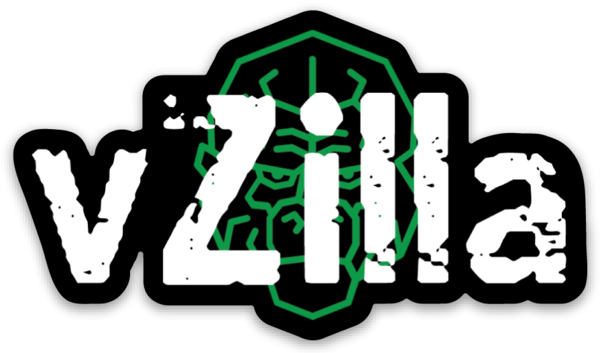
A few weeks back I attended the second Veeam User Group in the UK, a great turn out and I have to say a huge hats off to the gents that arranged it, it was a great day hopefully had by all.
I had two sessions at the event, one was regarding Ransomware and named “RansomWARe what is it good for: Absolutely Nothing” I did a recorded webex a few months back covering the same content. Ransomware Webinar
The session I want to cover off here was aptly named “Fantastic Features and where to find them” I went all out on the canned video demos rather than the traditional slideware show. There is lots to get through so I will probably have to spread this out over a few posts so please bare with me.

Backup IO Control
Backup IO Control allows Veeam to monitor the primary storage latency to ensure running backup or replication jobs do not impact the storage availability to production workloads. Three things to remember:
- Global setting*
- Focuses on latency
- Achieved in two ways
*Enterprise Plus allows for granular datastore Backup IO Control
The two ways in which Backup IO control works are:
First IO Threshold – “Stop assigning new tasks to datastore at x ms”
Second IO Ceiling – “Throttle IO of existing tasks at x ms”

Backup IO control made it’s first appearance in Veeam Backup & Replication in v8 in 2014, It’s a great feature still today so would suggest taking a look in your environment to see if you have it enabled or not. he is a short video demo of how easy it is to switch on and configure.
BitLooker
Keeping with the Bs I now want to touch on another great feature named BitLooker. Introduced in v9. BitLooker enables the exclusion of swap file blocks from processing. Considering that each VM creates a swap file, which is usually at least 2 GB in size and changes daily, this is a considerable amount of data that noticeably affects full and incremental backup size. However, BitLooker automatically detects the swap file location and determines the blocks backing it in the corresponding VMDK. These blocks are then automatically excluded from processing, replaced with zeroed blocks in the target image and are not stored in a backup file or transferred to a replica image.

It is widely known that in many modern file systems deleted files do not disappear from the hard drive completely. The file will only be flagged as deleted in the file allocation table (FAT) of the file system (e.g., the master file table (MFT) in case of NTFS). However, the file’s data will continue to exist on the hard drive until it is overwritten by a new file. BitLooker Excludes these deleted files blocks from the backup set.
As well there may be certain files and directories that you don’t want to back up at all (e.g., application logs, application caches, temporary export files or user directories with personal files). There also might be data protection regulations in place that require you to exclude specific objects from backup. No longer do you simply need to accept the need to back up useless data with image-based backups.

SuperEdit
Created by one of our esteemed Systems Engineers at Veeam, Thanks Timothy Dewin for this. SuperEdit allows administrators to make wholesale configuration changes to their backup jobs, repository settings and more. You can find the source code here on GitHub
I give a short walkthrough on where you can grab the code and how easy it is to run and then some of the options available in the YouTube video below.
Instant Recovery to Hyper-V
With the new Veeam Agent for Windows recently released and Veeam v9.5 you now have the ability to take that created backup, present from a Veeam backup repository to a hyper-v host or cluster and actually spin up the machine and then use migration technologies from Microsoft to move the machine into production storage. This also includes the FREE Hyper-V offering! This allows for a really fast way of recovering a physical workload should that hardware break for some reason.
Thanks for reading and please stop by later to see the rest in part 2.
